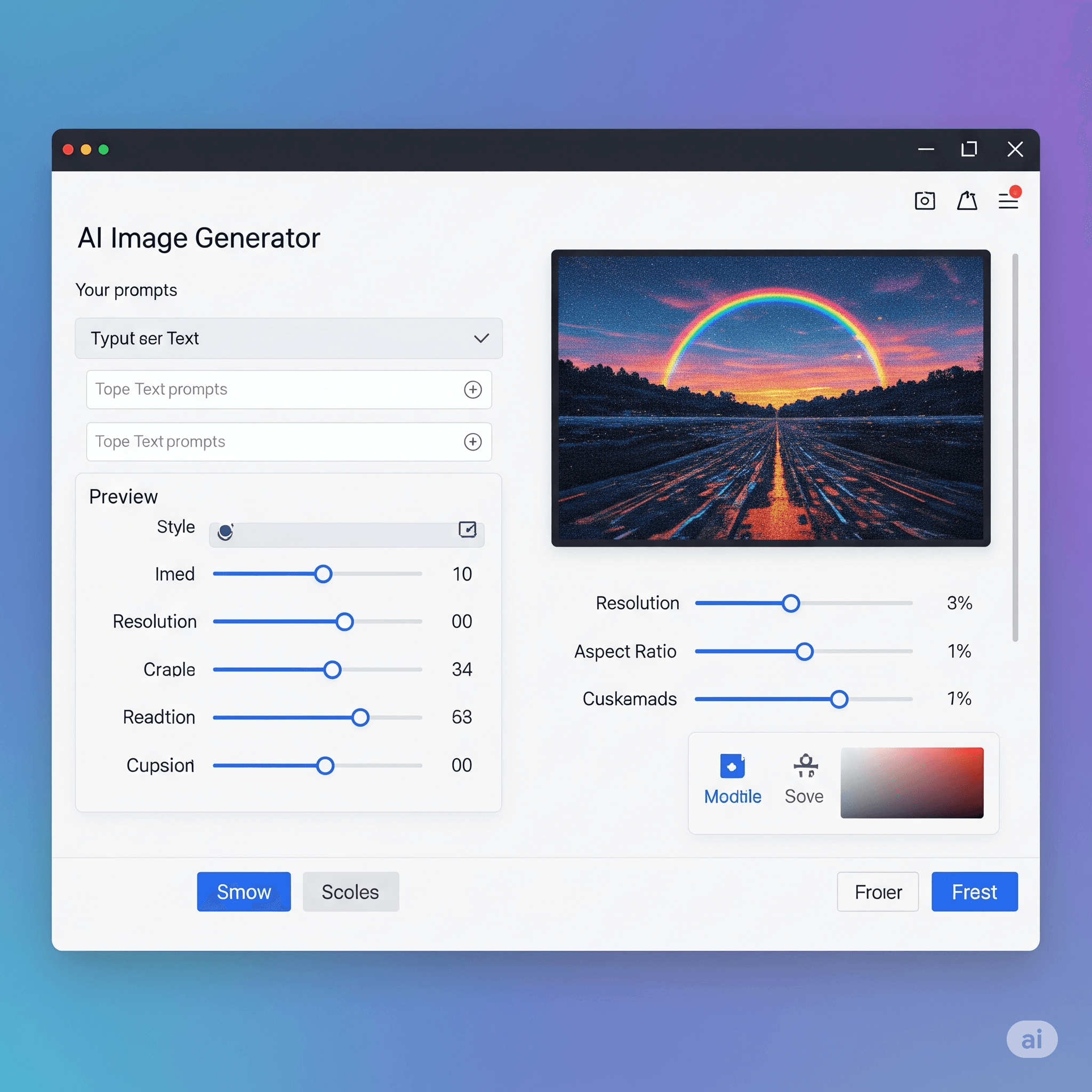Question: In ______ TCP, when the connection is established, TCP starts the slow start algorithms and sets the <em>ssthresh</em> variable to a pre-agreed value (normally 64 or 128 kilobytes) and the <em>cwnd</em> variable to 1 MSS.
Answer:
- In Reno TCP, when the connection is established, TCP starts the slow start algorithm and sets the ssthresh (slow start threshold) variable to a pre-agreed value (normally 64 or 128 kilobytes) and the cwnd (congestion window) variable to 1 MSS (maximum segment size).
- During the slow start phase, the congestion window size is increased exponentially for each ACK received from the receiver until the window size reaches the slow start threshold. At this point, TCP switches to congestion avoidance mode and begins increasing the congestion window size linearly until congestion is detected.
- If a packet is lost due to congestion, Reno TCP enters the fast retransmit and fast recovery mode, where it retransmits the lost packet immediately and then reduces the congestion window size to half of the slow start threshold. This allows TCP to recover quickly from congestion events and resume normal operation.
- Overall, Reno TCP is a widely used version of TCP that provides efficient and reliable data transmission over the Internet. Its congestion control mechanisms, including slow start, congestion avoidance, fast retransmit, and fast recovery, have been refined and improved over the years to make TCP one of the most important and widely used network protocols in the world.
MCQ: In ______ TCP, when the connection is established, TCP starts the slow start algorithms and sets the <em>ssthresh</em> variable to a pre-agreed value (normally 64 or 128 kilobytes) and the <em>cwnd</em> variable to 1 MSS.
Correct Answer:
A. Taho TCP
Explanation:
- In Reno TCP, when the connection is established, TCP starts the slow start algorithm and sets the ssthresh (slow start threshold) variable to a pre-agreed value (normally 64 or 128 kilobytes) and the cwnd (congestion window) variable to 1 MSS (maximum segment size).
- During the slow start phase, the congestion window size is increased exponentially for each ACK received from the receiver until the window size reaches the slow start threshold. At this point, TCP switches to congestion avoidance mode and begins increasing the congestion window size linearly until congestion is detected.
- If a packet is lost due to congestion, Reno TCP enters the fast retransmit and fast recovery mode, where it retransmits the lost packet immediately and then reduces the congestion window size to half of the slow start threshold. This allows TCP to recover quickly from congestion events and resume normal operation.
- Overall, Reno TCP is a widely used version of TCP that provides efficient and reliable data transmission over the Internet. Its congestion control mechanisms, including slow start, congestion avoidance, fast retransmit, and fast recovery, have been refined and improved over the years to make TCP one of the most important and widely used network protocols in the world.
Discuss a Question
Related Questions
- 1. The ___________ added a new state to the congestion control FSM, called the fast recovery state.
- 2. The ___________ treated the two signals of congestion, timeout and arrival of three duplicate ACKs, differently.
- 3. The __________ state in Reno TCP is a state somehow between the slow start and the congestion avoidance states.
- 4. In the Reno TCP, when TCP enters the fast recovery, if duplicate ACKs continue to come, TCP ____________________________________.
- 5. In the Reno TCP, when TCP enters the fast recovery, if a timeout occurs, TCP ____________________________________.
- 6. In the Reno TCP, when TCP enters the fast recovery, if a new (non duplicate) ACK arrives TCP ____________________________________.
- 7. A later version of TCP, called ______ TCP, made an extra optimization on the _______ TCP.
- 8. In the slow start algorithm, the size of the congestion window grows ______________ until ___________________.
- 9. In the congestion avoidance algorithm, the size of the congestion window grows ______________ congestion is detected.
- 10. The congestion window size, after it passes the initial slow start state, follows a saw tooth pattern called _________________________________.
You may be interested in:
Computer Networking MCQs






